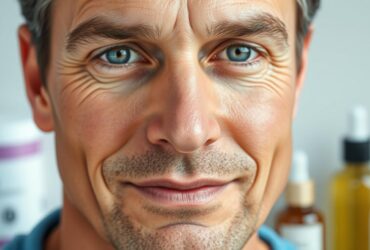In a world where vitality often feels like a fleeting aspiration, the topic of testosterone therapy has emerged as both a beacon of hope and a subject of debate. As men navigate the complexities of aging, stress, and lifestyle changes, the role of testosterone—a hormone often heralded for its influence on mood, energy, and strength—comes to the forefront of wellness conversations. This article delves into the myriad facets of testosterone therapy, exploring its potential benefits, risks, and the science that underpins its increasing popularity. Whether you’re considering this path for yourself or seeking to understand its implications, join us as we embark on a journey to uncover how testosterone therapy could reshape the future of men’s health and wellness.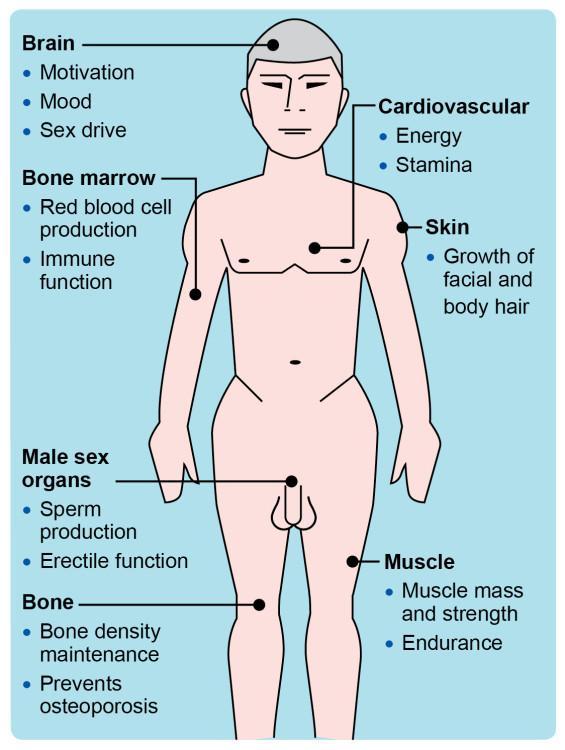
Exploring the Role of Testosterone in Mens Health
Testosterone plays a crucial role in the overall health and well-being of men, influencing various aspects of physical and mental vitality. Maintaining optimal testosterone levels can enhance energy, libido, and mood, while also supporting muscle mass and bone density. As men age, testosterone levels naturally decline, which can lead to a host of issues such as fatigue, depression, and reduced sexual function. It’s essential to recognize the signs of low testosterone, which may include:
- Decreased energy levels
- Weight gain and difficulty losing fat
- Reduced muscle strength
- Low libido and sexual dysfunction
- Mood changes, including irritability or depression
Testosterone therapy is increasingly being considered as a strategy to alleviate these symptoms and enhance men’s quality of life. This therapy can involve various modalities, including injections, patches, or gels, each having its own set of benefits and potential side effects. Before undergoing treatment, it’s vital for individuals to consult healthcare professionals to assess the need for therapy and to monitor hormone levels throughout the treatment process. Here’s a brief comparison of common forms of testosterone therapy:
| Form of Therapy | Administration | Frequency | Advantages |
|---|---|---|---|
| Injections | Intramuscular or subcutaneous | Every 1 to 2 weeks | Quick absorption |
| Patches | Applied to the skin | Daily | Steady hormone release |
| Gels | Applied to the skin | Daily | Convenient and non-invasive |
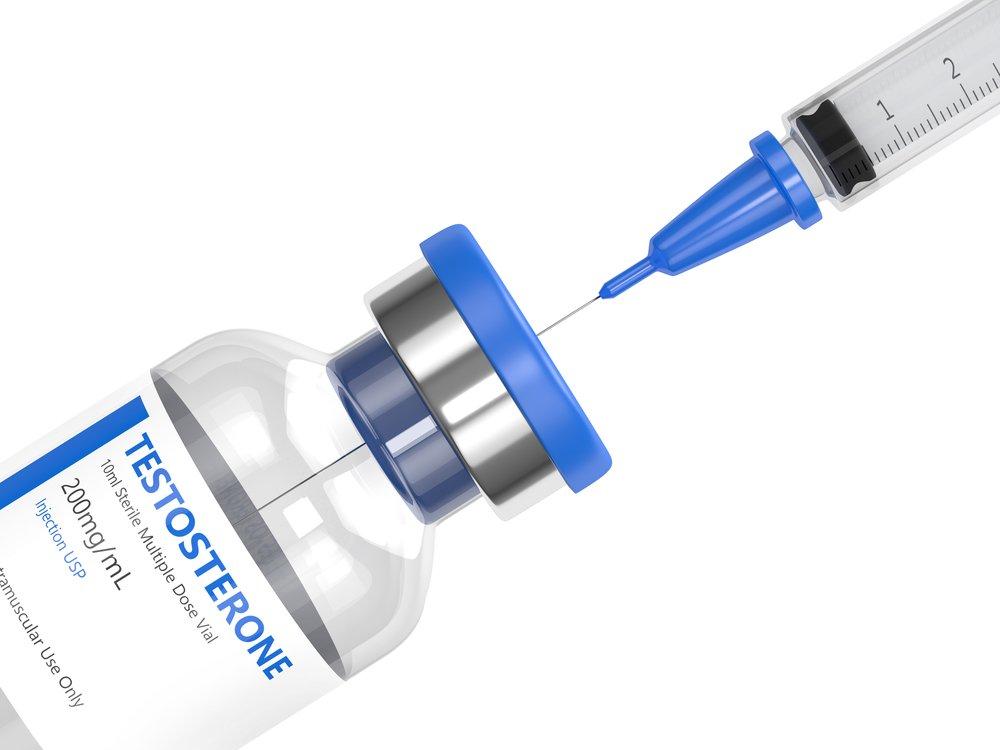
Understanding the Signs of Low Testosterone Levels
Recognizing the indicators of decreased testosterone levels is essential for men seeking to maintain overall wellness. Common signs often include a decline in energy levels, mood fluctuations, and reduced muscle mass. Other less obvious symptoms can manifest as diminished libido, difficulties with concentration, and increased body fat. When testosterone levels dip, the impact can extend beyond physical attributes, affecting emotional health and daily functioning. It’s important to be aware of these signs, as early detection can lead to timely intervention.
To facilitate an understanding of these symptoms, consider the following list of potential indicators:
- Fatigue and decreased stamina
- Depressed mood or anxiety
- Loss of interest in activities once enjoyed
- Difficulty with erections or sexual function
- Reduced strength or muscle mass
- Increased body fat, particularly around the abdomen
- Sleep disturbances or insomnia
Supporting your observations with medical consultations can provide substantial insights. Below is a simple overview of how testosterone levels can affect various aspects of health:
| Health Aspect | Potential Impact of Low Testosterone |
|---|---|
| Physical Health | Reduced muscle strength and increased fat accumulation |
| Mental Wellbeing | Increased fatigue and mood disorders |
| Sexual Health | Lower libido and erectile dysfunction |
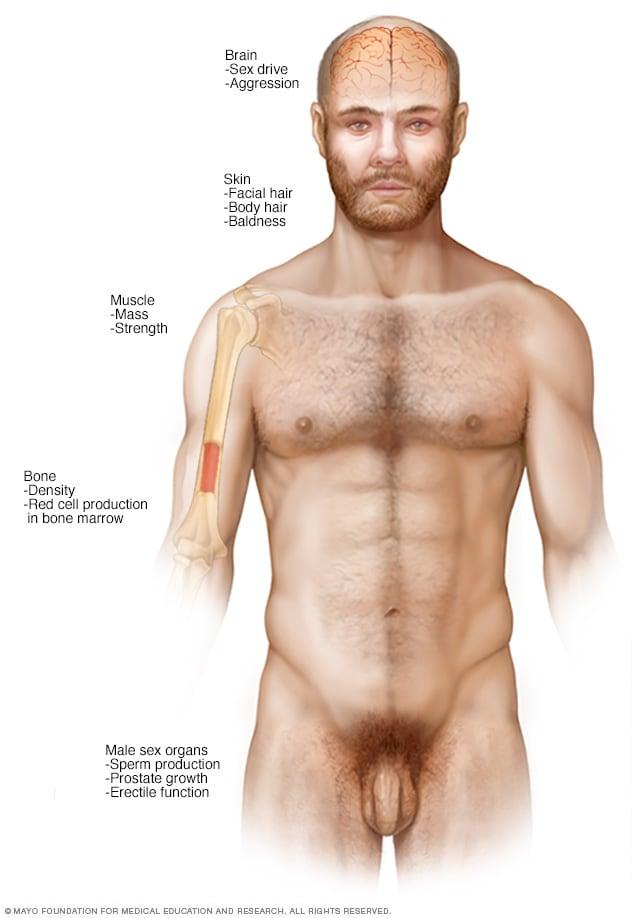
The Benefits of Testosterone Therapy for Psychological Well-being
Engaging in testosterone therapy can significantly enhance mental health, contributing to improved mood, reduced anxiety, and greater overall psychological resilience. Many men experiencing low testosterone levels report feelings of fatigue, irritability, and cognitive fog, which can adversely affect their daily lives. By restoring hormonal balance, testosterone therapy can help disenfranchised individuals find their enthusiasm and motivation, leading to renewed energy and a more positive outlook on life. The results may be profoundly impactful, as therapy not only alleviates depressive symptoms but also fosters a sense of well-being and self-esteem.
Furthermore, the psychological benefits extend beyond mere mood enhancement. Research indicates that elevated testosterone levels may improve cognitive functions such as memory and focus. This is particularly advantageous in today’s fast-paced, demanding environments. To illustrate some of these benefits, consider the following:
| Benefit | Description |
|---|---|
| Enhanced Mood | Reduces feelings of depression and anxiety. |
| Improved Cognitive Function | Boosts memory and concentration skills. |
| Increased Energy | Strengthens overall vitality and motivation. |
This multifaceted approach not only highlights the profound effects of testosterone therapy on mood and cognitive capabilities but also reinforces the notion that achieving hormonal balance is vital for holistic wellness.
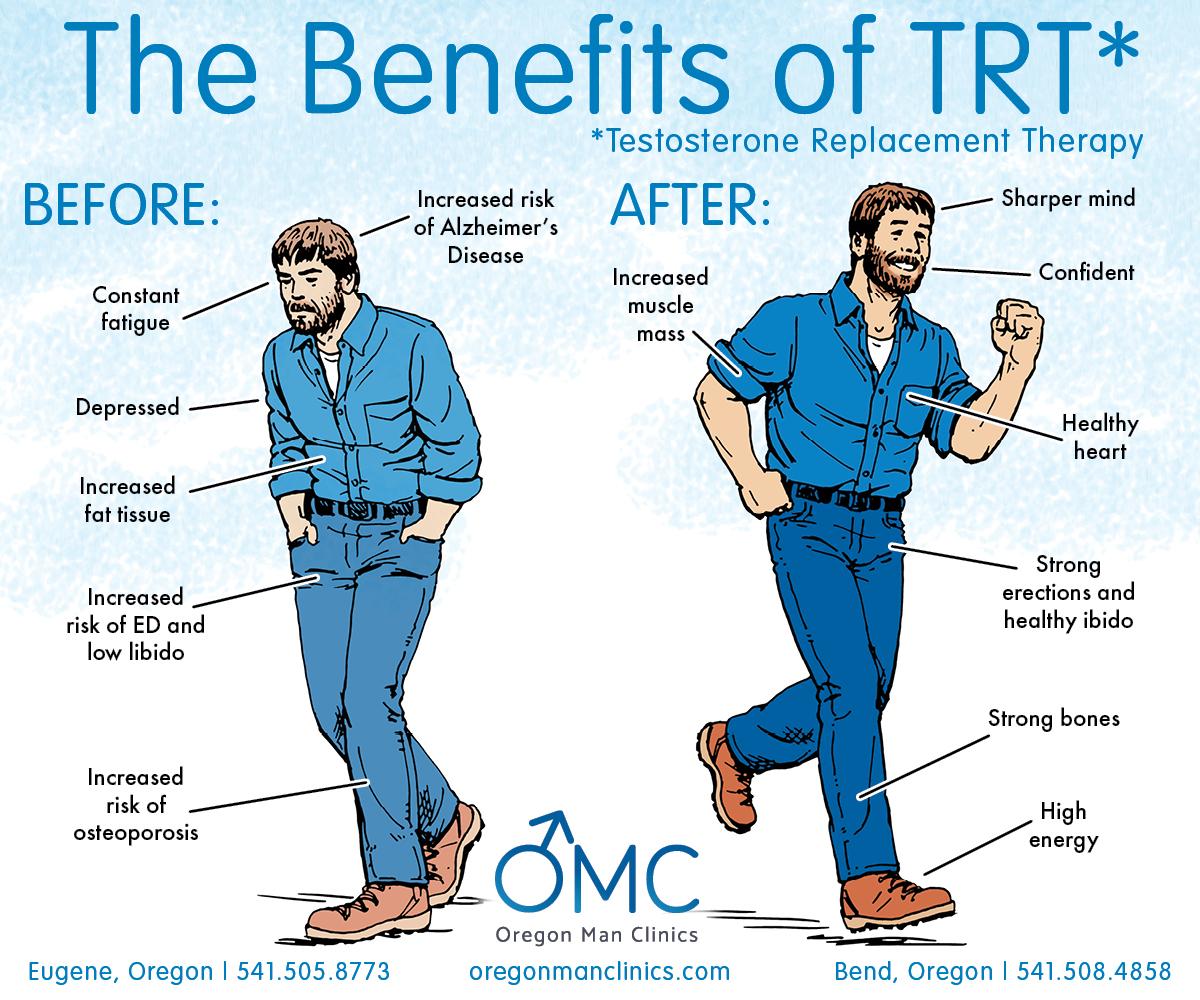
Evaluating Different Types of Testosterone Treatments
When considering testosterone treatments, men are presented with a variety of options, each with unique benefits and potential drawbacks. Injections stand out as a widely used method, delivering testosterone directly into the bloodstream, which can lead to rapid results. These are typically administered every few weeks, but some men may find the frequency inconvenient. Alternatively, transdermal patches offer a more continuous delivery of testosterone through the skin, allowing for stable hormone levels without the peaks and troughs often associated with injections. For those who prefer less invasive methods, gels can be applied daily, providing flexibility and ease of use, although they require careful application to prevent transfer to others.
In addition to injections, patches, and gels, there are also pellets that can be implanted under the skin, releasing testosterone gradually over several months. While this option is low-maintenance, it does involve a minor surgical procedure. Another emerging alternative is orally disintegrating tablets, which dissolve under the tongue, offering a convenient and discreet administration route. To help illustrate these treatment types, the following table summarizes key characteristics:
| Method | Administration Frequency | Convenience |
|---|---|---|
| Injections | Every few weeks | Moderate |
| Patches | Daily | High |
| Gels | Daily | Very High |
| Pellets | Every 3-6 months | Low |
| Oral Tablets | Daily | High |
Navigating Risks and Side Effects of Hormone Replacement
Hormone replacement therapy, particularly testosterone therapy, can play a transformative role in enhancing men’s health. However, it is crucial to be mindful of potential risks and side effects that may accompany treatment. Common concerns may include:
- Cardiovascular Issues: Elevated testosterone levels can lead to increased heart rate and blood pressure, raising the risk of heart-related conditions.
- Sleep Apnea: Some patients may experience or exacerbate obstructive sleep apnea, which can disrupt sleep quality and overall health.
- Skin Reactions: Topical testosterone treatments can cause skin irritations or allergic reactions in some individuals.
- Hormonal Imbalance: Over supplementation may lead to hormonal fluctuations causing mood swings, aggression, or anxiety.
Understanding these risks is essential for making informed decisions about therapy options. Regular monitoring and consultations with healthcare professionals can mitigate these side effects. A well-structured plan may involve:
| Monitoring Focus | Recommended Frequency |
|---|---|
| Cardiovascular Health | Every 3-6 months |
| Hormonal Levels | Every 6-12 months |
| Prostate Health | Annually |
| Bone Density | Every 1-2 years |
Lifestyle Changes to Complement Hormone Therapy
To maximize the benefits of testosterone therapy, integrating specific lifestyle changes can significantly enhance overall wellness. Nutrition plays a pivotal role in this journey. A balanced diet rich in whole foods, including lean proteins, healthy fats, and an abundance of fruits and vegetables, ensures your body receives the essential nutrients it needs. Consider incorporating the following foods to support hormone production:
- Omega-3 fatty acids: Found in fish like salmon, walnuts, and flaxseeds.
- Zinc-rich foods: Such as oysters, legumes, and nuts.
- Cruciferous vegetables: Broccoli and Brussels sprouts can aid in hormone balance.
In addition to nutrition, prioritizing physical activity is crucial for optimizing testosterone therapy. Regular exercise, particularly strength training and high-intensity interval training (HIIT), can help boost testosterone levels naturally. Creating a structured routine that includes:
- Resistance Training: Aim for at least 2-3 sessions per week.
- Cardiovascular Exercise: Engage in moderate aerobic activity for 150 minutes weekly.
- Active Lifestyle: Include daily movement like walking or cycling.
Lastly, ensuring proper sleep hygiene and managing stress levels through mindfulness practices can further complement hormone therapy, leading to improved mood and energy levels. Emphasizing these lifestyle changes not only reinforces the benefits of testosterone therapy but fosters comprehensive well-being.
Guidelines for Consulting with Healthcare Professionals
When considering testosterone therapy, it’s essential to approach healthcare professionals with a well-informed mindset. Start by preparing a comprehensive list of symptoms you suspect may be related to low testosterone levels, such as fatigue, decreased libido, or mood changes. It is beneficial to document when these symptoms began and any lifestyle factors that might contribute to them, such as stress or lack of physical activity. Additionally, history of medical conditions, medications taken, and family health history can be significant discussion points. This information helps your physician tailor their approach and establish a clearer picture of your health.
During your consultation, embrace an open dialogue about your concerns and expectations. Don’t hesitate to ask questions such as:
- What are the potential benefits and risks of testosterone therapy?
- How will you monitor my hormone levels and adjust treatment as needed?
- What alternative treatments are available if therapy isn’t suited for me?
- Can you help me create a comprehensive wellness plan alongside therapy?
By fostering a collaborative environment with your healthcare team, you not only enhance your understanding of treatment options but also promote a holistic view of your health and well-being.
Q&A
Q&A: Testosterone Therapy for Men’s Wellness
Q1: What is testosterone therapy, and who is it for?
A1: Testosterone therapy involves administering synthetic testosterone to men who have low levels of this hormone, typically due to age or certain medical conditions. It’s primarily aimed at those who experience symptoms such as fatigue, decreased libido, and mood changes. However, before embarking on this journey, it’s crucial to undergo a thorough medical evaluation to confirm low testosterone levels and ensure therapy is appropriate.
Q2: What are the potential benefits of testosterone therapy?
A2: Many men turn to testosterone therapy to reclaim vitality and enhance overall well-being. Benefits can include improved energy levels, increased muscle mass, enhanced libido, and better mood stability. Research also suggests that it may improve cognitive function and bone density. However, individual experiences may vary, so it’s essential to discuss realistic expectations with a healthcare provider.
Q3: Are there any risks associated with testosterone therapy?
A3: Like any medical treatment, testosterone therapy comes with potential risks. Some men may experience side effects such as acne, fluid retention, or increased red blood cell count, which could lead to blood clots. There are ongoing debates about the long-term cardiovascular risks and the potential for prostate problems. Consulting a physician to weigh these risks against the benefits is critical before starting therapy.
Q4: How is testosterone therapy administered?
A4: Testosterone therapy can be administered in several ways, including injections, transdermal patches, gels, or pellets implanted under the skin. The method of administration often depends on the patient’s lifestyle and preferences, as well as the healthcare provider’s recommendation. Regular monitoring is essential to adjust dosages and evaluate the therapy’s effectiveness.
Q5: How long does it take to see results from testosterone therapy?
A5: Results can vary widely among individuals. Some men may notice improvements in energy and mood within a few weeks, while physical changes, like increased muscle mass, may take several months to manifest. It’s a gradual process, and patience is important as the body adjusts to the therapy.
Q6: Is testosterone therapy suitable for all men with low testosterone?
A6: Not necessarily. Testosterone therapy isn’t a one-size-fits-all solution. It’s crucial for men to be evaluated by a qualified healthcare professional, who can determine if therapy aligns with their health profile and personal goals. Factors like age, existing health conditions, and the cause of testosterone deficiency all play a role in the decision-making process.
Q7: What lifestyle changes can complement testosterone therapy?
A7: While testosterone therapy can be beneficial, adopting a holistic approach to wellness can enhance results. Regular exercise, especially strength training, maintaining a balanced diet rich in healthy fats and lean proteins, managing stress, and getting adequate sleep can all contribute to improving testosterone levels naturally and optimizing the effects of therapy.
Q8: How can men find reliable information about testosterone therapy?
A8: In an era of overwhelming information, it’s vital to seek out trustworthy sources. Recommendations include consulting with a healthcare provider specializing in hormonal health, exploring reputable medical websites, or connecting with support groups for firsthand experiences. Make sure to cross-reference information and avoid sensationalistic claims that lack scientific backing.
Q9: What should men consider before starting testosterone therapy?
A9: Before embarking on testosterone therapy, men should contemplate their health goals, potential risks and benefits, and their current state of health. Engaging in open discussions with healthcare professionals, undergoing necessary tests, and considering lifestyle modifications are essential steps to ensure the therapy is safe and effective.
Q10: How can men monitor their progress during testosterone therapy?
A10: Monitoring progress is crucial for the success of testosterone therapy. Regular check-ups with healthcare providers to evaluate hormone levels, assess symptom improvement, and adjust dosages as needed can keep men on track. Additionally, keeping a journal to note changes in mood, energy, and physical abilities can provide valuable insight into the therapy’s effectiveness.
Engaging in testosterone therapy for men’s wellness opens doors to renewed energy and vitality, but it’s a journey that requires careful navigation and consideration. When done thoughtfully, it can lead to significant improvements in quality of life.
Concluding Remarks
As we draw the curtains on our exploration of testosterone therapy for men’s wellness, it becomes clear that this subject is both multifaceted and deeply personal. The journey to understanding testosterone therapy isn’t just about numbers or hormones; it’s about unlocking potential, enhancing quality of life, and fostering an informed dialogue among men seeking clarity in a world often shrouded in misconceptions.
Whether you’re on the brink of considering treatment or simply striving to understand its implications, remember that knowledge is your most potent ally. Engaging with healthcare professionals, staying informed about the latest research, and listening to your body’s unique signals can pave the way for informed decisions.
Ultimately, the pursuit of wellness is a lifelong journey, and with the right tools and insights, you can navigate it with confidence. Here’s to embracing balance, vitality, and a greater understanding of what it means to thrive—today and in the years to come.






